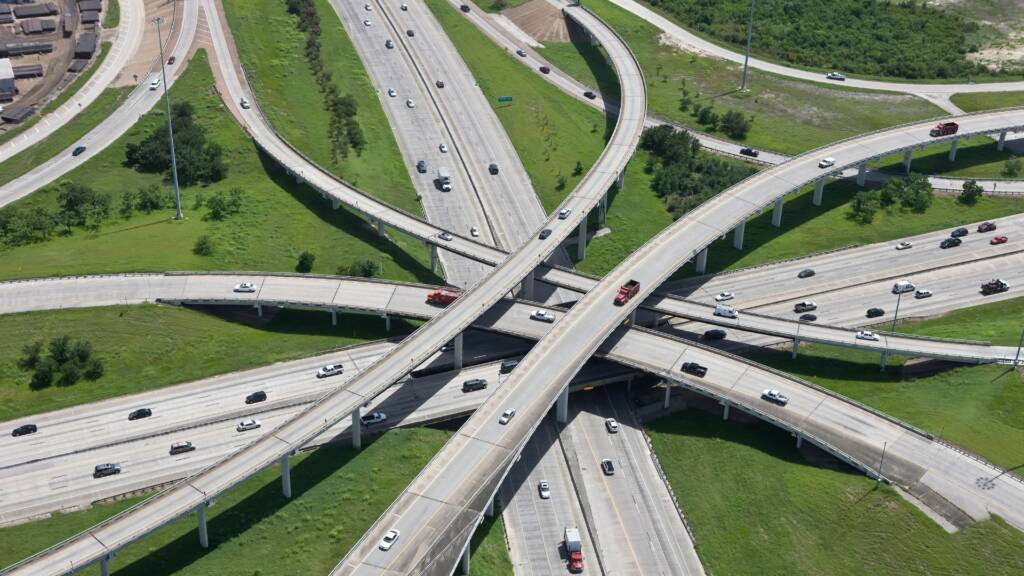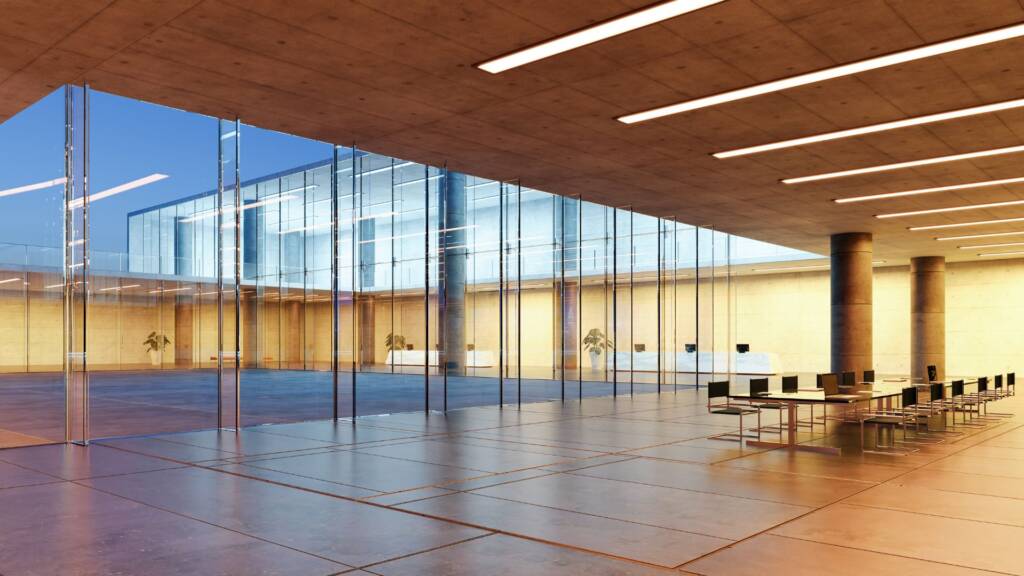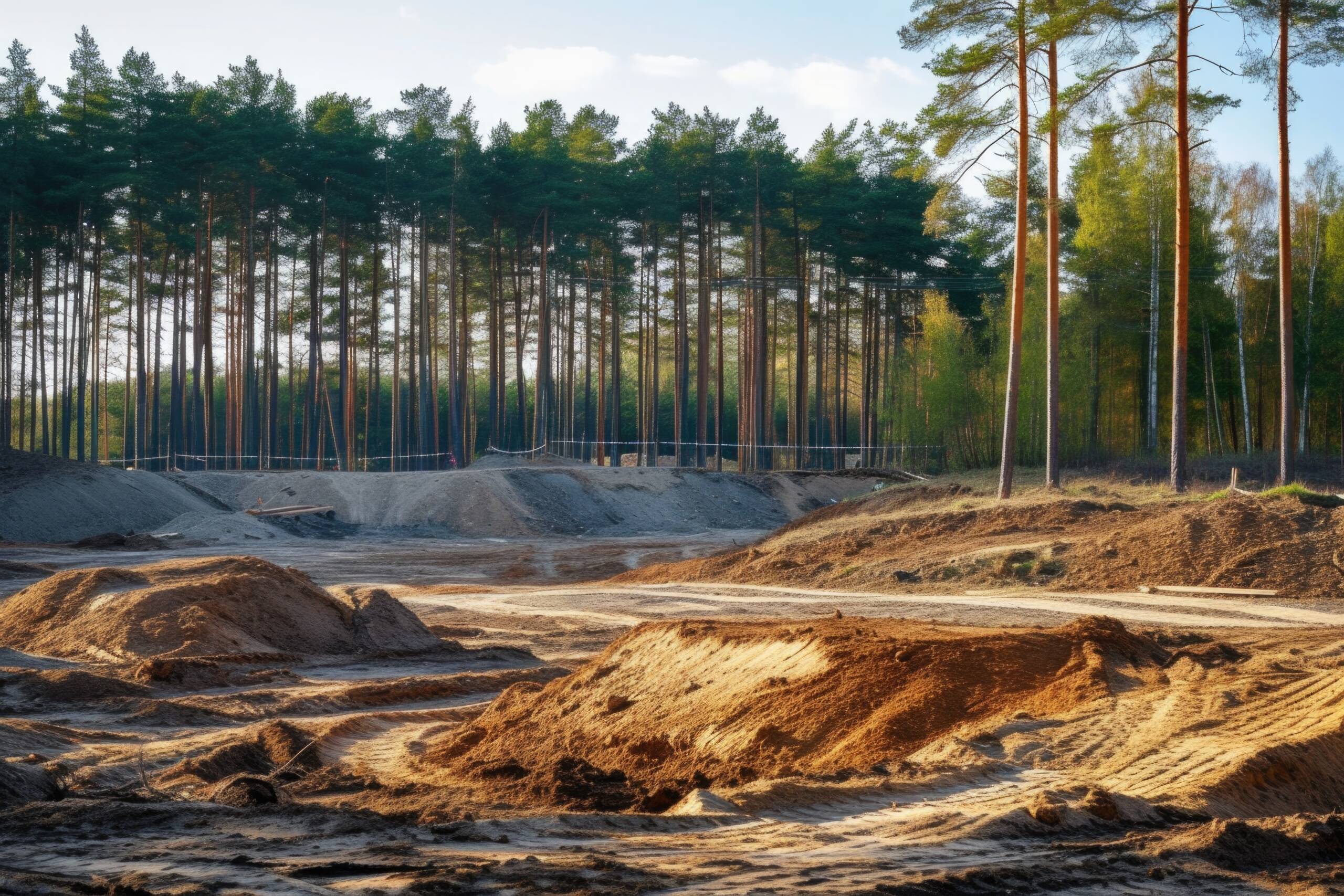The world of commercial real estate is constantly evolving, and the way we approach land development is no exception. As we step into 2025, a range of exciting trends is transforming the landscape of commercial land development, reshaping how we think about space, sustainability, and technology. From smarter investment strategies to greener, more connected communities, here’s a look at the key trends and insights that are shaping the future of commercial land development.
1. Sustainability Takes Center Stage

Sustainability isn’t just a trend—it’s becoming a necessity. As climate change becomes an ever-present concern, developers are focusing more on building with the environment in mind. Greenfield developments—pristine plots of land—are under increasing scrutiny, with an emphasis on preserving nature and minimizing environmental impact. In 2025, eco-friendly buildings, energy-efficient infrastructure, and sustainable materials will be front and center in commercial land development.
This shift toward sustainability means that commercial developers must pay attention to local zoning laws and land use regulations, ensuring their projects meet high environmental standards. Whether it’s incorporating solar panels, using recycled materials, or creating green spaces, future developments will need to prioritize the planet as much as profits.
2. The Rise of Mixed-Use Developments

Gone are the days of strictly residential or commercial areas. In 2025, developers are turning to mixed-use projects that blend residential, office, and retail spaces into one cohesive environment. This shift is driven by the growing demand for more convenient, walkable communities, where people can live, work, and play without venturing too far from home.
For investors and developers, mixed-use developments offer more than just convenience—they bring stability. With multiple revenue streams from different sectors (residential, retail, and office space), these developments provide a hedge against market fluctuations and create vibrant, all-in-one communities that attract people looking for connectivity and ease.
3. Urban and Suburban Development: A Changing Landscape

While urban centers remain the focal point of commercial development, there’s a noticeable shift towards suburban areas. The pandemic, remote work, and the rise of flexible working arrangements have prompted businesses to rethink their office space needs. Suburban areas, which offer more space at a lower cost, are increasingly attractive to both developers and tenants.
This urban-to-suburban shift is creating new opportunities for commercial land development in secondary cities and less densely populated regions. Developers are beginning to focus on areas where land is more affordable, and the potential for large-scale projects is greater. As businesses move away from crowded city centers, these suburban areas are poised to become the next big thing in commercial real estate.
4. Tech-Driven Developments: The Future is Smart

Technology is everywhere, and it’s completely changing the way we develop and manage commercial properties. From drones and geographic information systems (GIS) that help assess land potential to building information modeling (BIM) tools that optimize construction, tech is streamlining everything. By using advanced data analytics, developers can now make more informed decisions about where and how to build, minimizing risk and maximizing returns.
Furthermore, as smart technologies become more integrated into commercial buildings, properties are becoming more energy-efficient, secure, and user-friendly. These “smart” developments are equipped with sensors that can monitor energy usage, adjust lighting, and even improve air quality. For investors, the move toward tech-driven developments is an exciting opportunity to tap into a growing demand for innovative, future-proof spaces.
5. Strategic Land Acquisition: Smart Investment Choices

Land acquisition has always been a critical part of the development process, but in 2025, it’s about being smarter and more strategic. Developers and investors are no longer just looking for available land—they’re hunting for the right land that offers long-term growth potential.
Emerging markets are where the action is. As cities grow, certain areas begin to show promise for future development. Recognizing these emerging hot spots early on can mean the difference between a profitable project and a missed opportunity. Developers will also need to be mindful of zoning laws, land use regulations, and the availability of infrastructure before diving into a project. With competition on the rise, savvy land acquisition strategies will set successful developers apart.
6. Infrastructure Investment: The Backbone of Development

Land without adequate infrastructure is like a building without a foundation. Infrastructure investment—roads, utilities, and transportation networks—is a must for commercial land development to thrive. In 2025, developers will need to focus not just on the land itself, but also on its accessibility and the surrounding infrastructure.
Smart city technology and digital infrastructure are also gaining importance. Developers are increasingly looking for ways to integrate digital networks into commercial properties, which helps businesses stay connected and streamline operations. For developers, investing in the right infrastructure early on can significantly increase the value of the land and make their projects more attractive to tenants and investors.
7. The Changing Face of Commercial Land Investment

Commercial land investment is changing. In the past, the focus was primarily on office buildings or retail spaces, but the rise of e-commerce and logistical needs has shifted the spotlight onto industrial land. With the growing demand for warehouses, distribution centers, and last-mile delivery hubs, land that supports these functions is in high demand.
Investors will need to take a more diverse approach to commercial land, looking at logistics hubs, mixed-use properties, and even urban agricultural projects. By considering all potential uses for land, they can position themselves to benefit from the shifting needs of businesses in a rapidly evolving market.
Conclusion
As we look ahead to 2025, it’s clear that commercial land development is on the brink of exciting changes. Sustainability, technological advancements, and a shift towards mixed-use and suburban developments will redefine the landscape of commercial real estate. For developers and investors, success in this new era will require a combination of smart planning, adaptability, and a keen eye for emerging trends. With the right strategy, the future of commercial land development holds immense potential for those ready to embrace the change.


1 Comment
Ashton Porter
Duis autem vel eum iriure dolor in hendrerit in vulputate velit esse molestie consequat, vel illum dolore eu feugiat nulla facilisis at vero eros et accumsan et iusto odio dignissim qui blandit praesent luptatum zzril delenit augue duis dolore tefe.